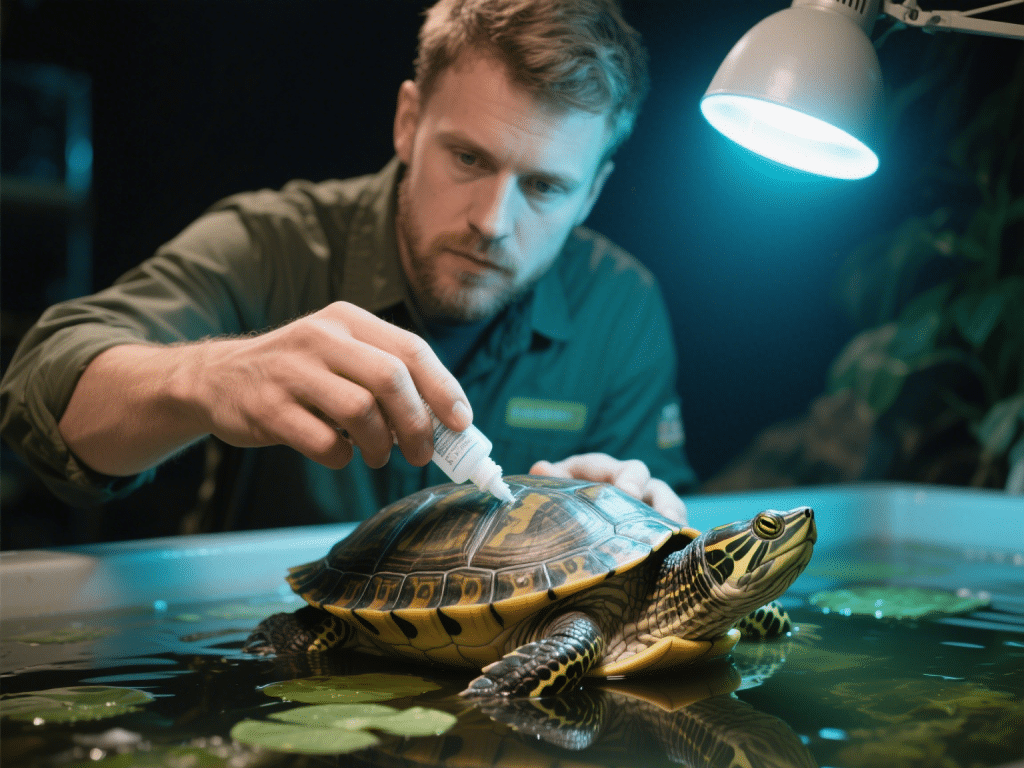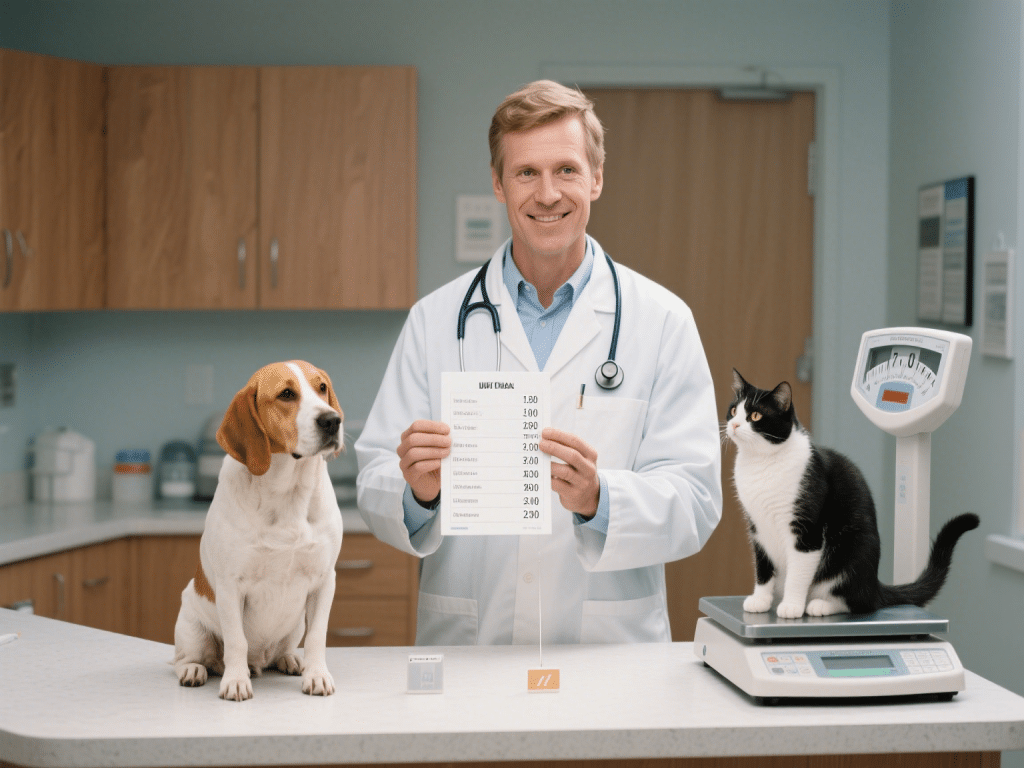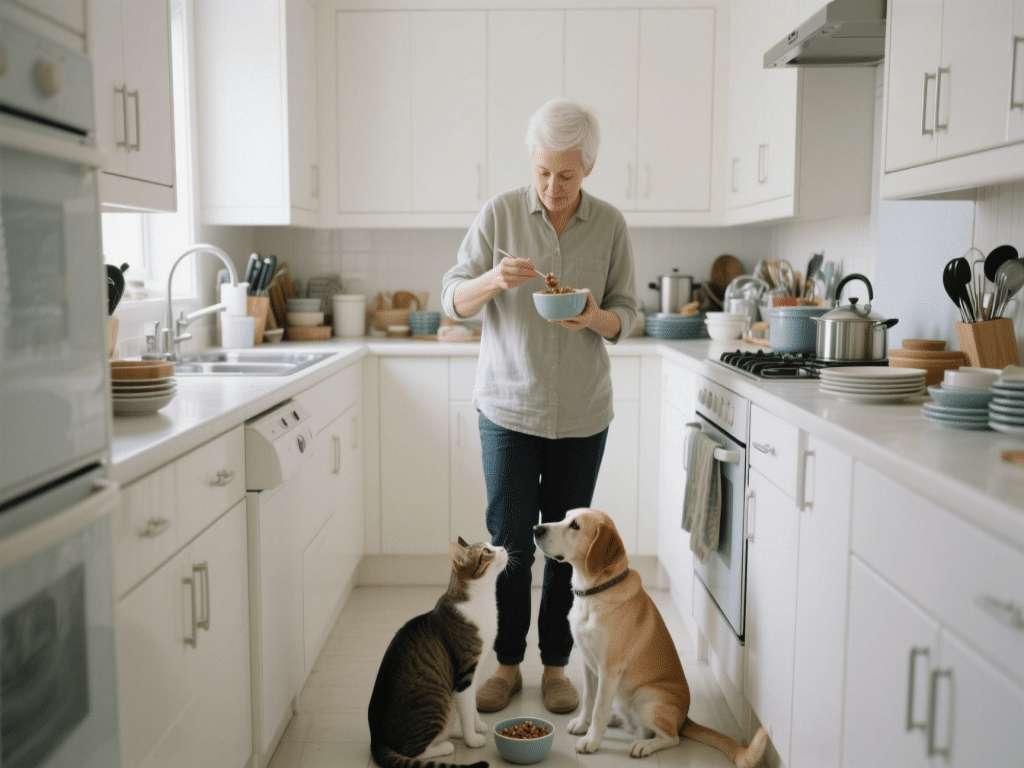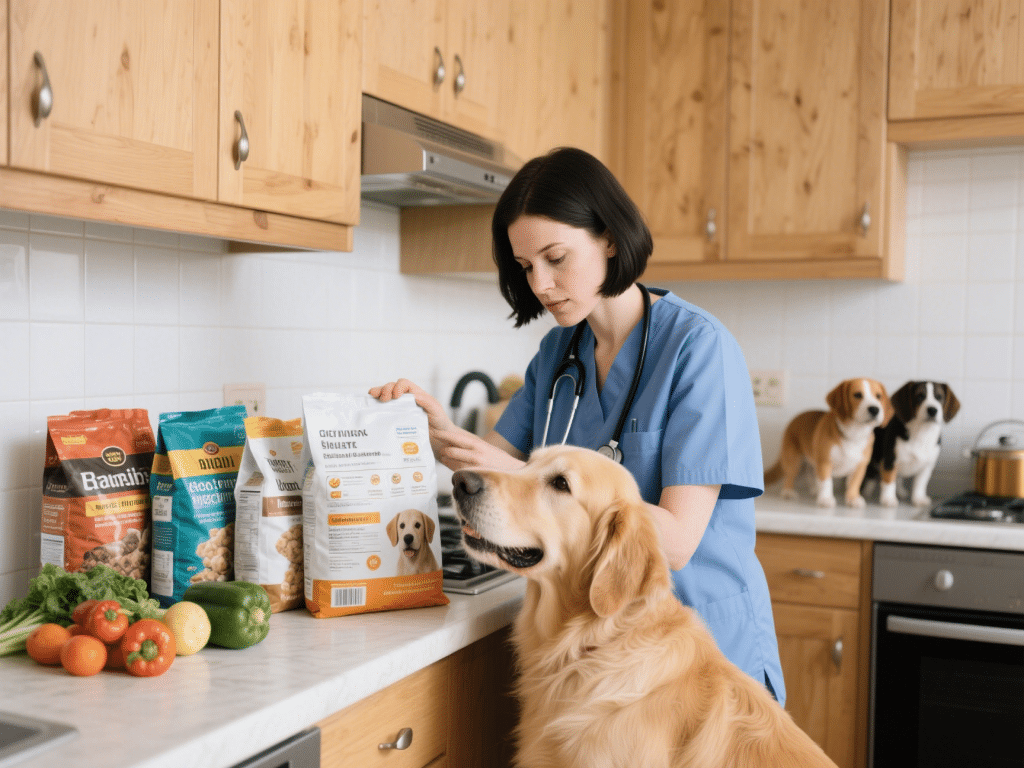
Natural Remedies to Prevent Shell Rot in Aquatic Turtles
Shell rot—bacterial or fungal infections of the shell—is a serious threat to aquatic t...
Fleas are more than just a nuisance; they pose serious health risks to dogs, including skin allergies (FAD), tapeworms, and anemia. Implementing a consistent, multi-faceted prevention strategy is crucial for your dog’s comfort and well-being. Here’s a comprehensive, veterinarian-recommended approach:
* **Topical Treatments:** Applied monthly between shoulder blades (e.g., fipronil, imidacloprid). Kills adult fleas and disrupts lifecycle. *Always use dog-specific formulas; cat products can be toxic.* * **Oral Medications:** Monthly chews or tablets (e.g., spinosad, fluralaner). Work systemically, often starting to kill fleas within hours. Ideal for dogs who swim frequently. * **Flea Collars:** Long-lasting collars (e.g., containing flumethrin/imidacloprid or seresto) can provide protection for 6-8 months. Ensure proper fit. * **Consult Your Vet:** The most effective product depends on your dog's age, breed, health status, lifestyle, and local flea resistance patterns. Never use OTC products without veterinary advice.
* **Regular Vacuuming:** Vacuum carpets, rugs, furniture, and pet bedding *at least twice weekly*. Immediately dispose of the vacuum bag/canister contents in a sealed outdoor bin. Flea larvae and eggs reside in the environment. * **Wash Bedding:** Wash your dog's bedding and any removable covers they frequent in **hot water (>60°C/140°F)** weekly. * **Outdoor Areas:** Keep lawns mowed and clear debris where fleas thrive. Consider pet-safe yard sprays containing Insect Growth Regulators (IGRs) like methoprene or pyriproxyfen, which prevent larvae from maturing.
* **Flea Combing:** Daily combing with a fine-toothed flea comb physically removes adults and eggs. Dip the comb in soapy water to drown captured fleas. * **Diatomaceous Earth (Food Grade):** Lightly sprinkle DE on carpets, bedding (let sit for several hours before vacuuming), and outdoor areas. *Avoid direct application on dog's face and ensure they don't inhale dust.* * **Essential Oil Caution:** While cedarwood or lavender oils are sometimes suggested, **use extreme caution**. Many essential oils are toxic to dogs. Never apply undiluted oils directly, and consult your vet first. Safer alternatives exist.
* **Signs:** Excessive scratching, biting, or licking (especially base of tail, belly, groin); visible "flea dirt" (black specks like pepper) on skin or bedding; hair loss; red, irritated skin; pale gums (sign of anemia). * **Immediate Action:** If fleas are found: 1. Bathe dog with a mild dog shampoo (may drown some fleas). 2. Apply/readminister your vet-prescribed preventative immediately. 3. Intensify environmental cleaning (vacuuming daily, hot washing). 4. Treat ALL pets in the household simultaneously. 5. Consult your vet about safe, effective household sprays/foggers containing IGRs if the infestation is severe.
Flea prevention isn’t a seasonal task; fleas can survive indoors year-round. Sticking rigidly to the schedule of your chosen preventative medication and maintaining a clean environment are the cornerstones of success. Regular vet checkups allow for strategy adjustments and ensure your chosen methods remain effective and safe.
Investing in consistent flea prevention isn’t just about stopping the itch; it’s a fundamental part of proactive healthcare, ensuring your dog remains happy, healthy, and truly flea-free.

Shell rot—bacterial or fungal infections of the shell—is a serious threat to aquatic t...

Optimal fatty acid balance is critical for skin, feather, and cardiovascular health in pet...

Chronic kidney disease (CKD) affects up to one in three senior cats. As a long-time feline...

Obesity affects nearly 60% of domestic pets today, leading to arthritis, diabetes, and red...

IntroductionSeparation anxiety affects many dogs, causing distress when left alone. Sympto...

Understanding Dog Nutrition: What to Feed Your Canine CompanionProper nutrition is the cor...
Comments on "Effective Dog Flea Prevention Strategies for a Happy Pet" :